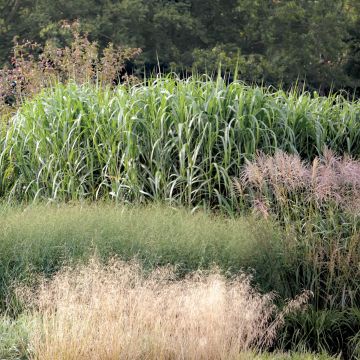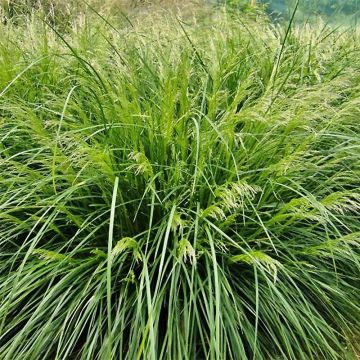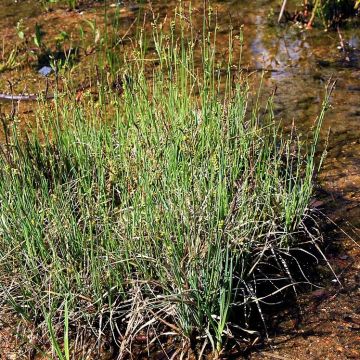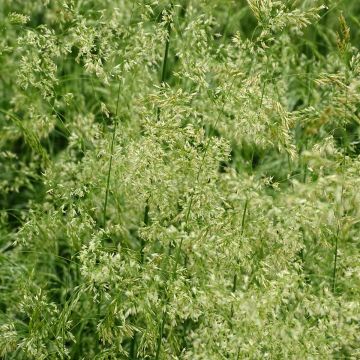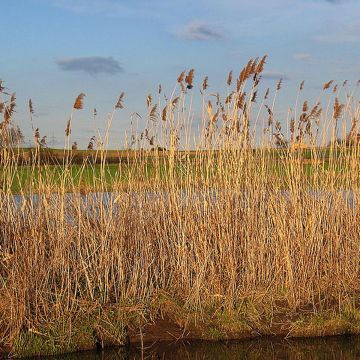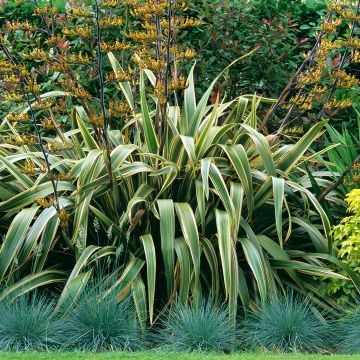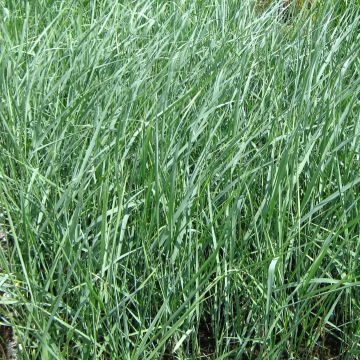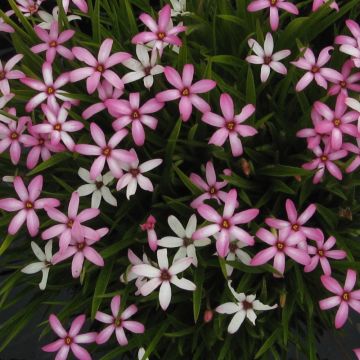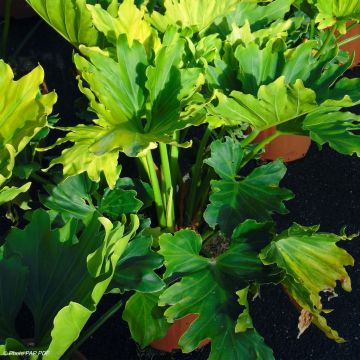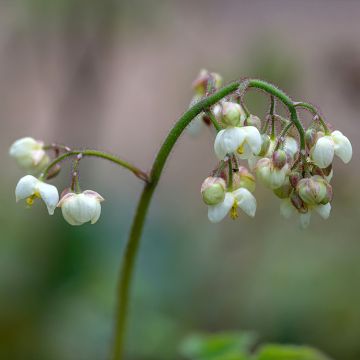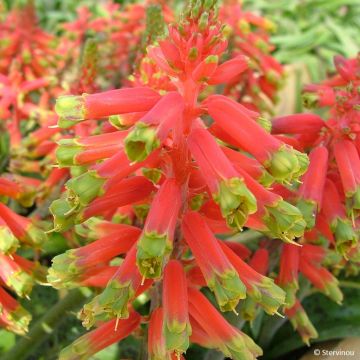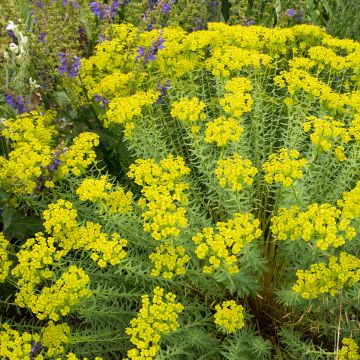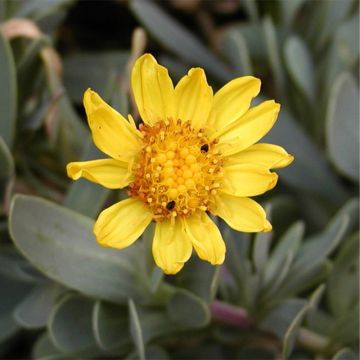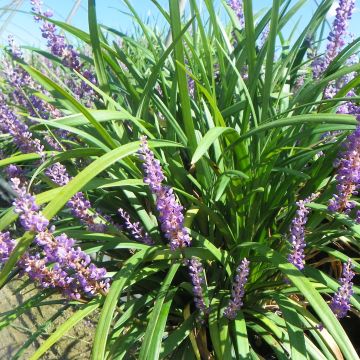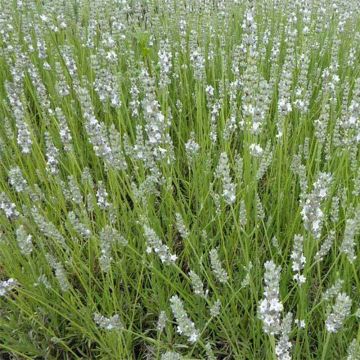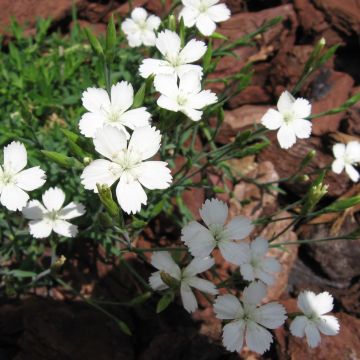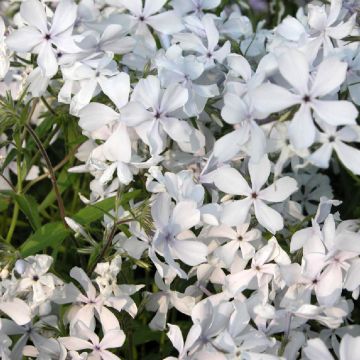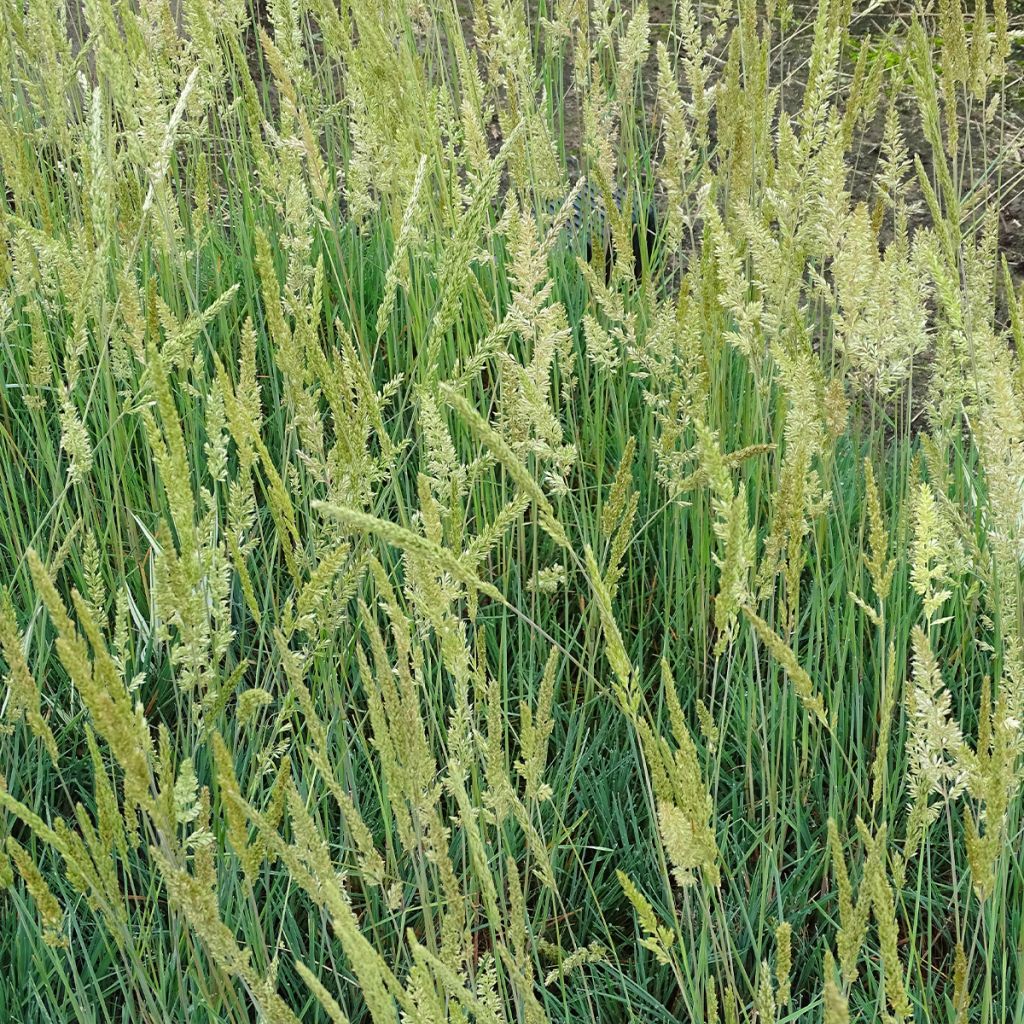

Koeleria glauca
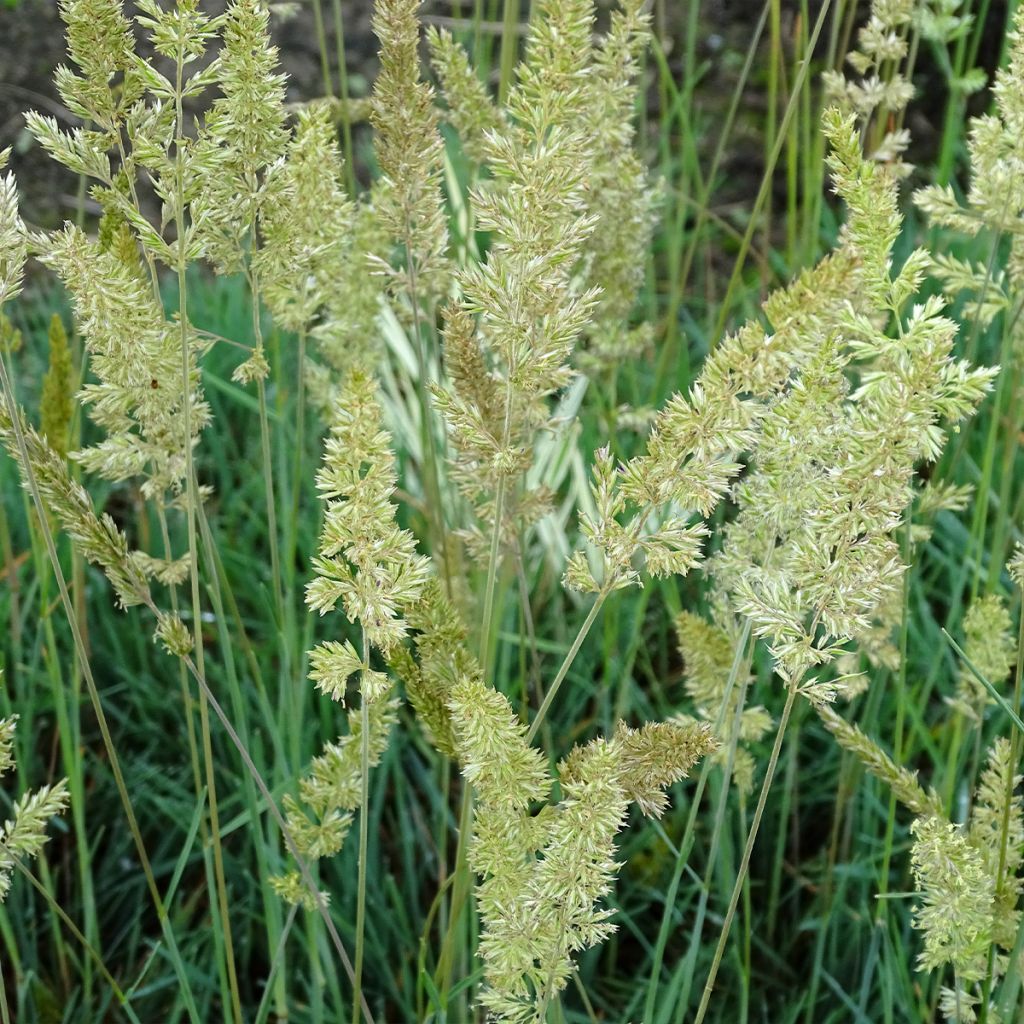

Koeleria glauca
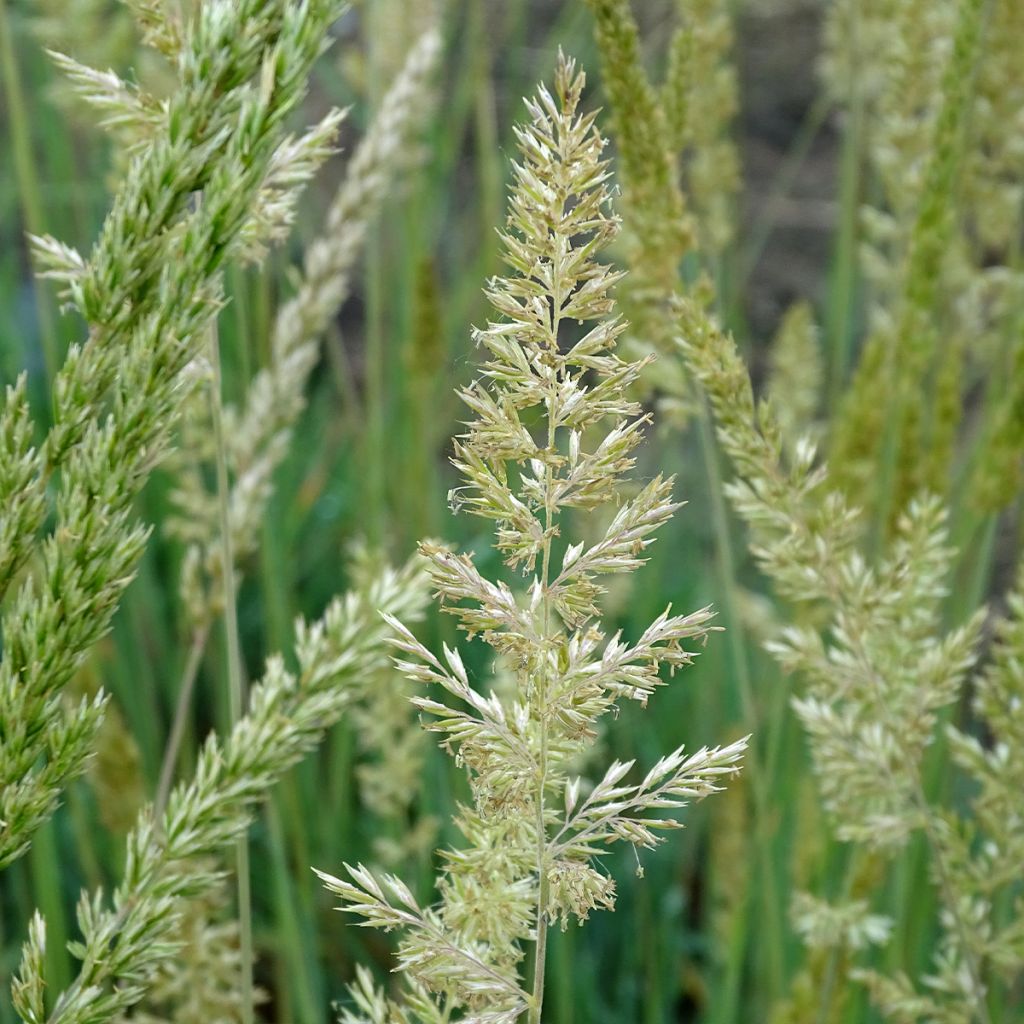

Koeleria glauca
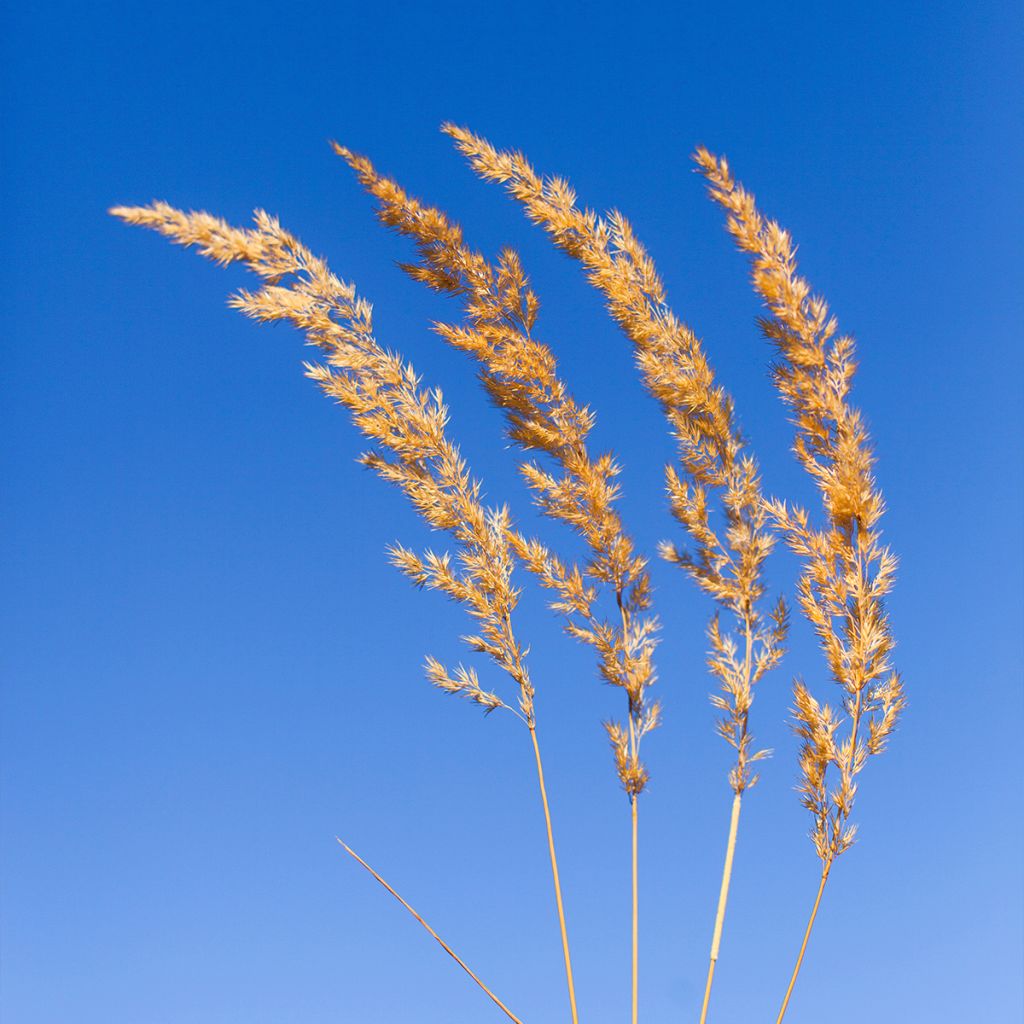

Koeleria glauca
Koeleria glauca
Koeleria glauca
Grey-blue Koeleria, Glaucous hair Grass
This item cannot be shipped to the selected country
Delivery charge from €5.90
More information
Schedule delivery date,
and select date in basket
This plant carries a 12 months recovery warranty
More information
We guarantee the quality of our plants for a full growing cycle, and will replace at our expense any plant that fails to recover under normal climatic and planting conditions.
From €5.90 for pickup delivery and €6.90 for home delivery
Express home delivery from €8.90.
Does this plant fit my garden?
Set up your Plantfit profile →
Description
Koeleria glauca, commonly known as the Blue koeleria, Glaucous koeleria, or Sand koeleria, is a perennial grass with decorative blue foliage even in winter. Its graceful flowering undulates poetically in the wind. It is a hardy botanical species, adapted to sandy, limestone, and dry soils. Easy to grow in well-drained, neutral to limestone soil, it is perfect for adding contrast and movement to a natural-style garden where it can self-seed.
Koeleria glauca is an herbaceous perennial plant in the large Poaceae family. It is a non-invasive botanical species. It is widespread from Eastern Europe to Mongolia, where it grows in sandy, limestone, and dry meadows. This plant forms dense tufts reaching 30 to 35cm (12 to 14in) in all directions. The culms and shoots are thickened at the base, in the shape of an onion. The stems measure between 20 to 50cm (8 to 20in) in height, rarely reaching 90cm (35in) in height. The leaves are 1 to 2mm (0.4in) wide, curved and rigid, with a rough texture on both sides. Their colour is a bluish green. Flowering occurs from June to July, depending on the climate. The floral stems bear a fine and light panicle at their tip, measuring about 12cm (5in) long. It is dense, cylindrical, and composed of shiny silver-green spikes turning buff. This flowering remains decorative until winter. Pollination is ensured by the wind, with seed dispersal.
Blue koeleria, less known than blue fescue, can be used in a similar way. It is ideal for ornamenting dry rockeries and borders, and is useful for lightening a flower bed in well-drained soil. Due to its tendency to self-seed, it has its place in a natural garden where it can occupy open spaces in large flower beds. It can also be pruned short to create a sort of ground cover similar to a meadow. In a flower bed, associate it with plants that have the same requirements: allium, knautia, verbascum, nepetas, or tall sedums, for example.
Report an error about the product description
Koeleria glauca in pictures
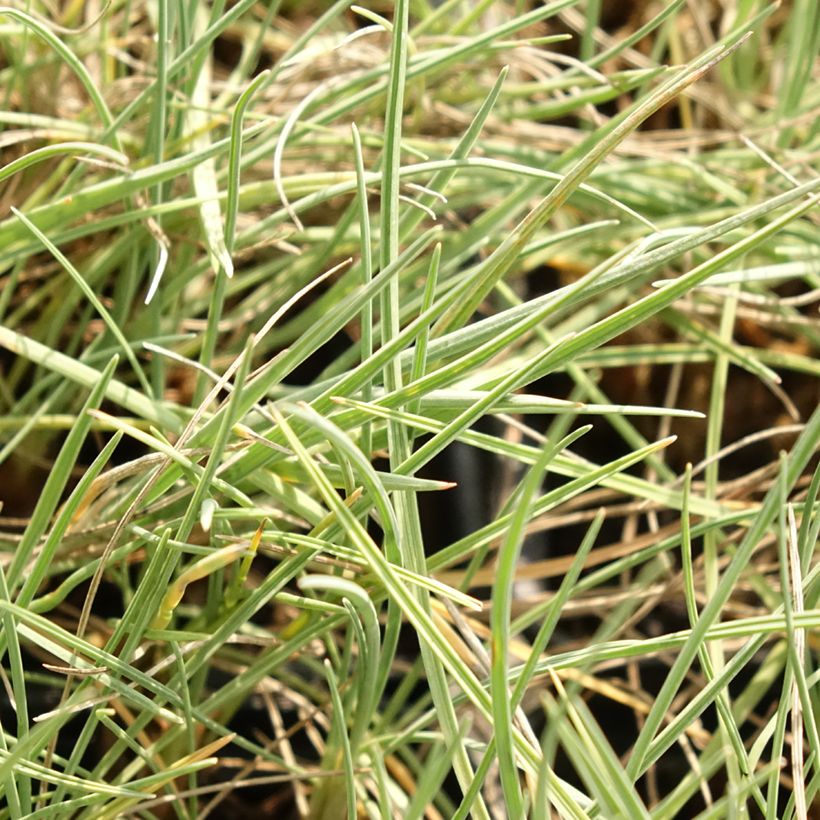

Flowering
Foliage
Plant habit
Botanical data
Koeleria
glauca
Poaceae
Grey-blue Koeleria, Glaucous hair Grass
Eastern Europe
Other Ornemental grasses A to Z
Planting and care
Koeleria glauca loves sunny locations but can tolerate some shade in the afternoon in hot and sunny regions. It is a very hardy plant, able to withstand hot and dry summers once well rooted. This grass prefers well-drained, light, and moderately fertile to poor soil, with a sandy or rocky tendency. Plant it in neutral to alkaline soil, as it does not appreciate acidic or clayey and overly moist soils.
A spring addition of compost can be beneficial in very poor soils. Grasses are good plants for containers: use a compost based on potting soil and add 20% sand to lighten the mixture. Comb the plants in spring when vegetation resumes.
Planting period
Intended location
Care
This item has not been reviewed yet - be the first to leave a review about it.
Evergreen perennials
Haven't found what you were looking for?
Hardiness is the lowest winter temperature a plant can endure without suffering serious damage or even dying. However, hardiness is affected by location (a sheltered area, such as a patio), protection (winter cover) and soil type (hardiness is improved by well-drained soil).

Photo Sharing Terms & Conditions
In order to encourage gardeners to interact and share their experiences, Promesse de fleurs offers various media enabling content to be uploaded onto its Site - in particular via the ‘Photo sharing’ module.
The User agrees to refrain from:
- Posting any content that is illegal, prejudicial, insulting, racist, inciteful to hatred, revisionist, contrary to public decency, that infringes on privacy or on the privacy rights of third parties, in particular the publicity rights of persons and goods, intellectual property rights, or the right to privacy.
- Submitting content on behalf of a third party;
- Impersonate the identity of a third party and/or publish any personal information about a third party;
In general, the User undertakes to refrain from any unethical behaviour.
All Content (in particular text, comments, files, images, photos, videos, creative works, etc.), which may be subject to property or intellectual property rights, image or other private rights, shall remain the property of the User, subject to the limited rights granted by the terms of the licence granted by Promesse de fleurs as stated below. Users are at liberty to publish or not to publish such Content on the Site, notably via the ‘Photo Sharing’ facility, and accept that this Content shall be made public and freely accessible, notably on the Internet.
Users further acknowledge, undertake to have ,and guarantee that they hold all necessary rights and permissions to publish such material on the Site, in particular with regard to the legislation in force pertaining to any privacy, property, intellectual property, image, or contractual rights, or rights of any other nature. By publishing such Content on the Site, Users acknowledge accepting full liability as publishers of the Content within the meaning of the law, and grant Promesse de fleurs, free of charge, an inclusive, worldwide licence for the said Content for the entire duration of its publication, including all reproduction, representation, up/downloading, displaying, performing, transmission, and storage rights.
Users also grant permission for their name to be linked to the Content and accept that this link may not always be made available.
By engaging in posting material, Users consent to their Content becoming automatically accessible on the Internet, in particular on other sites and/or blogs and/or web pages of the Promesse de fleurs site, including in particular social pages and the Promesse de fleurs catalogue.
Users may secure the removal of entrusted content free of charge by issuing a simple request via our contact form.
The flowering period indicated on our website applies to countries and regions located in USDA zone 8 (France, the United Kingdom, Ireland, the Netherlands, etc.)
It will vary according to where you live:
- In zones 9 to 10 (Italy, Spain, Greece, etc.), flowering will occur about 2 to 4 weeks earlier.
- In zones 6 to 7 (Germany, Poland, Slovenia, and lower mountainous regions), flowering will be delayed by 2 to 3 weeks.
- In zone 5 (Central Europe, Scandinavia), blooming will be delayed by 3 to 5 weeks.
In temperate climates, pruning of spring-flowering shrubs (forsythia, spireas, etc.) should be done just after flowering.
Pruning of summer-flowering shrubs (Indian Lilac, Perovskia, etc.) can be done in winter or spring.
In cold regions as well as with frost-sensitive plants, avoid pruning too early when severe frosts may still occur.
The planting period indicated on our website applies to countries and regions located in USDA zone 8 (France, United Kingdom, Ireland, Netherlands).
It will vary according to where you live:
- In Mediterranean zones (Marseille, Madrid, Milan, etc.), autumn and winter are the best planting periods.
- In continental zones (Strasbourg, Munich, Vienna, etc.), delay planting by 2 to 3 weeks in spring and bring it forward by 2 to 4 weeks in autumn.
- In mountainous regions (the Alps, Pyrenees, Carpathians, etc.), it is best to plant in late spring (May-June) or late summer (August-September).
The harvesting period indicated on our website applies to countries and regions in USDA zone 8 (France, England, Ireland, the Netherlands).
In colder areas (Scandinavia, Poland, Austria...) fruit and vegetable harvests are likely to be delayed by 3-4 weeks.
In warmer areas (Italy, Spain, Greece, etc.), harvesting will probably take place earlier, depending on weather conditions.
The sowing periods indicated on our website apply to countries and regions within USDA Zone 8 (France, UK, Ireland, Netherlands).
In colder areas (Scandinavia, Poland, Austria...), delay any outdoor sowing by 3-4 weeks, or sow under glass.
In warmer climes (Italy, Spain, Greece, etc.), bring outdoor sowing forward by a few weeks.

































